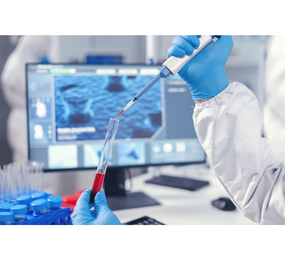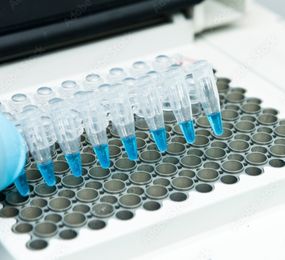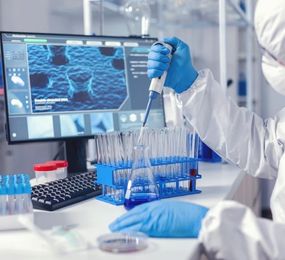The global cell culture market has a value of USD 3.4 billion in 2020, and it is anticipated to increase by USD 13 billion at a CAGR of 10.67% between 2021 and 2025. The rising incidence of cancer, autoimmune disorders, nephrological diseases, and many other conditions is attributed for the market expansion. As a result, there has never been a more pressing need for more research and development in cell and gene therapy.
The industry is refocusing its efforts on giving the optimisation of Next Generation process development and manufacturing top priority in order to fulfil the expanding market needs for cell culture medicines. By selecting and ordering process stages more carefully, pharmaceutical leaders can improve the accuracy and quality of therapeutic cell products while also saving time and resources.
The field of medicine is currently undergoing a revolution because of cell treatments. However, the costly, time-consuming manufacturing procedures utilised today have not succeeded in making the potentially life-saving therapies accessible to everyone. Additionally, they are on an unsustainable course.
To manufacture one therapy for one patient at a time, current procedures call for teams of highly skilled specialists to spend weeks in pricey cleanrooms performing about 50 manual processing steps on a wide variety of benchtop instruments. Cell therapy companies are unable to supply the market with enough of their products using these procedures.
Here are a few innovative process techniques that are expected to have a significant impact on the cell culture and gene development environment in the near future.
Automation: To hasten the development of the future generation, automation is one of the top priorities influencing the cell and gene industry today. Rapid process improvements that make use of microscale robotic devices are required. Automated processes should provide a more intensive method for cell culture development by adhering to recognised platforms made up of common raw materials, parent cell lines, unit activities, and therapeutic substance formulations.
Process Intensification: Operational enhancements to a processing unit are referred to as process intensification. Processes can operate more cheaply and efficiently by putting optimization and enhancement techniques into place. Intensifying the cell culture method seeks to boost volumetric and cell-specific productivity as well as viable cell density. Process intensification lowers the overall cost of goods and the amount of raw resources used. This is because less manufacturing footprint and time are required.
Scale-Down Processing: Engineering the next generation of cell cultures using scale-down models is also quickly gaining popularity. Small-scale models aid in the development of processes and help forecast product quality. These function as incomplete representations of the longer, more involved, and more complex process of cell culture development. Scaled-down models and processing are mostly useful for troubleshooting, which makes the development process more effective and efficient. A lot of businesses are switching from stainless steel tanks to disposable ones to provide themselves more flexibility when implementing intensification techniques.
Come hear our speakers discuss the next generation process development and manufacturing for cell and gene therapies on March 28–29, 2023 at the International Bioprocessing and Biologics Forum in Steigenberger Airport Hotel, Berlin, Germany. They will also discuss the state of continuous process implementation at the moment and some ongoing challenges.
To register or learn more about the Forum please check here: https://bit.ly/3zxguXW.
For more information and group participation, contact us: [email protected]
















